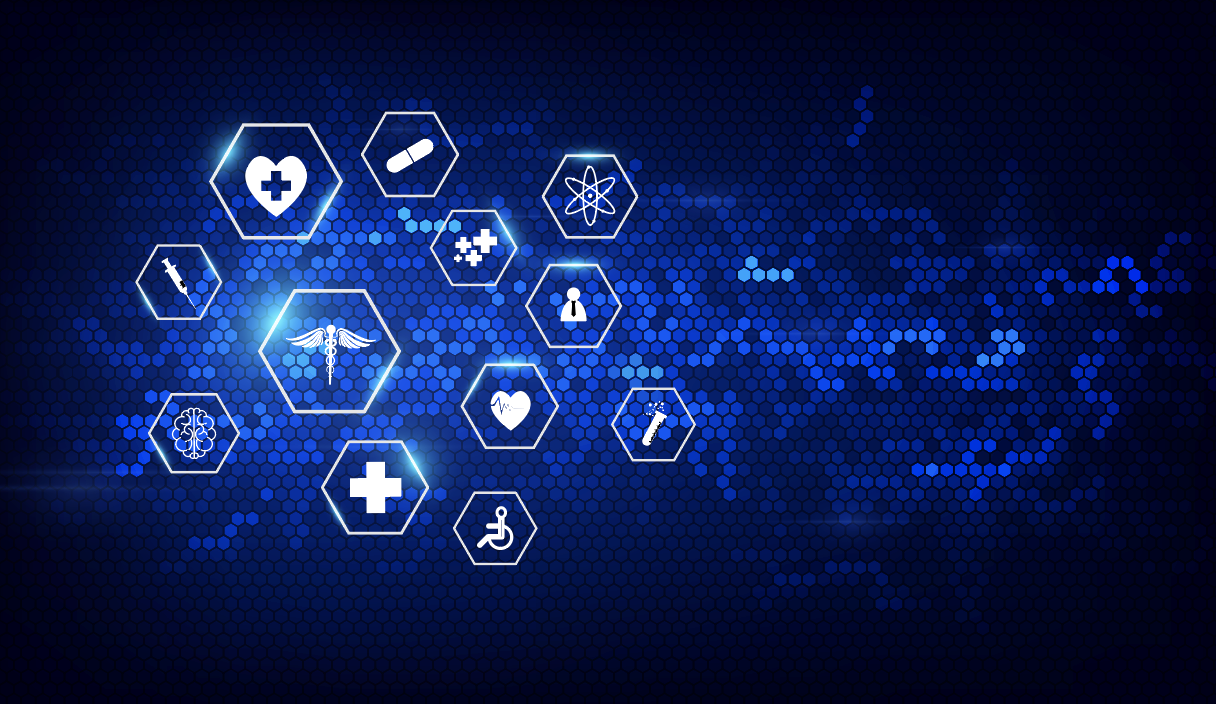When most people think of hospital data, they think of data that relates directly to the patients: demographics, diagnosis, lengths of stay, etc. This information is relatively easy to collect, and it is useful when providing treatment and looking at overall trends for care.
Other hospital data can be more challenging to gather accurately, but is critical to answering important questions that impact quality of care. For example, how do you know that hospital staff are following best practices to prevent infection? How is infection tracked throughout the hospital?
Many hospitals still rely on mostly manual data collection to try and answer these questions. These tactics are time-intensive and often prone to error, leaving infection preventionists and other key staff struggling to draw conclusions with incomplete data.
Fortunately, electronic solutions have been introduced in the past couple of decades that make it easier and more efficient for hospitals to gather and analyze the data they need for a number of key efforts, including contact tracing, Leapfrog compliance, nurse rounding, and risk management.
Contact Tracing Data
Contact tracing is an important strategy for controlling disease. Hospitals that can quickly identify who was exposed, where they went, and who they interacted with can cut down on transmission and significantly slow the spread of costly infections.
Manual contact tracing methods take up valuable staff time and are prone to error; electronic contact tracing solutions, on the other hand, automatically and accurately track this data and make it simple to identify potential exposures. Hospital administrators can easily access this real-time data to make more informed decisions about infection prevention and report to any relevant health agencies.
Any electronic solution used for contact tracing should have data collection techniques that firmly establish where healthcare providers went and how long they stayed with any given patient. Some electronic solutions, for example, will record hand washing if a healthcare provider pushes the sanitizer button, but this information doesn’t denote whether they actually visited a patient’s room or how long they were there. Other solutions may track movement in a general area or zone, or track movement as a team, but not on the individual level needed for accurate contact tracing.
With BioVigil, hospital staff wear badges that track their movement from room to room and use a gentle reminder sequence to increase hand hygiene compliance. In the event of a disease outbreak, hospital administrators can review this data to see which staff members with badges— including nurses, techs, and doctors — went into a patient’s room, how long they were there, and who they interacted with.
This ability to look at individual and employee class interactions helps limit transmission and provide peace of mind for hospital staff by testing and quarantining as early as possible. BioVigil’s hand hygiene prompts and contact tracing abilities have been shown to reduce staff absenteeism by 18% and reduce healthcare-associated infections (HAIs) like CLABSI and CAUTI by more than 45%.
Compliance Data
This type of data can also be used to ensure that hospital staff are following best practices that keep patients safe. Proper hand hygiene, for example, is one of the most simple ways to prevent infection in a hospital setting, but forgetful staff with limited time or knowledge may not be following protocols like the 5 Moments for Hand Hygiene. This puts the hospital at an increased risk for costly HAI outbreaks.
With an electronic solution like BioVigil, hospital administrators can confirm that staff are complying with hand hygiene best practices by automatically conducting observations and collecting accurate data about hand hygiene compliance.
This compliance data collection can be used for internal decision making and straightforward reporting to organizations like the Leapfrog Group for the Leapfrog Hospital Safety Grade. The Leapfrog hand hygiene domains require approximately 20,000 hand hygiene observations per year, which can be a challenge for hospitals to conduct. Manually collecting and compiling this data is often time-intensive and prone to human error. A 200-bed hospital, for example, might conduct 1,000-2,000 direct observations/year, which is far below Leapfrog’s observation requirements.
Because of this, many hospitals have started to adopt electronic solutions instead. These solutions save time and money for hospitals while exponentially increasing the amount and accuracy of hand hygiene compliance data.
With BioVigil, captured hand hygiene events can increase to 18,000 a day or 6.5M events a year. The cost of manual audits, data entry, and analysis required to meet Leapfrog requirements can easily pay for an electronic hand hygiene monitoring system. In fact, the cost of manual labor for 200 units per month exceeds BioVigil’s cost.
Nurse Rounding
Electronic solutions are also useful tools when it comes to reviewing and improving processes like nurse rounding. If every patient should be rounded at least once, once an hour, the system can track whether every patient was seen every hour, who was missed, and how much time was spent with each patient. With BioVigil, real-time location data transfers data at the end of each shift, so hospital administrators can identify potential issues and refine processes as needed.
Risk Management
The ability to verify nurse rounding can also be used by administrators for risk management. Proving a nurse was in a patient’s room for the expected amount of time can help hospitals avoid lawsuits.
Interested in learning how an electronic solution like BioVigil can help with your hospital data collection? Read about our customer outcomes here.

